 By Jeevan Babu May 18, 2021
10 min read
By Jeevan Babu May 18, 2021
10 min read9 best practices to secure your SaaS-based applications
Whether you’re an enterprise or a SaaS-based startup, you’re under the constant pressure of balancing the productivity gains and lower costs against compliances and security concerns for organizations’ data and SaaS-based applications.
While a majority of organizations rely on business-critical SaaS applications, there are many organizations that don’t prioritize SaaS application security, and thus, report issues that affect confidentiality, integrity, or availability of their applications.
Facts and Figures
- Data breaches in the healthcare industry increased by 58%
- Remote work during the pandemic increased data breach costs in the US by $137,000 (Report by IBM)
- An undisclosed number of Spotify users had to reset their password after their accounts were compromised on December 10, 2020.
These figures are enough to show the potential SaaS security risks an application has.
Best security practices for your SaaS applications
It’s essential to assess the SaaS application security risks and threats to implement best-in-class security practices.
To successfully safeguard your SaaS applications, you need to identify the vulnerable hotspots and know the best solutions to protect against new SaaS security risks.
Here’s a list of top tips to improvise SaaS application security.
User-Level Data Security Monitoring
To ensure compliance with internal and external application security standards, it is crucial for enterprises to monitor user-level data security.
To provide user-specific access and other action permissions, your cloud service provider may offer you role-based access control (RBAC) features. The main idea behind this is to provide the access to the right people ensuring authorized access to individuals on SaaS applications. This gives an accurate, access control-based, enforced level of application security to your SaaS application. Moreover, this segregates the users and defines how they can access data in the enterprise SaaS applications.
Integration of real-time protection
Because of the easy setup and collaboration capabilities of SaaS applications, they offer great value to the end-users.
Integrating real-time monitoring to secure SaaS applications provides:
- Greater visibility
- Enhanced Control
- Seamless policy management
- Compliance with your SaaS application
Real-time monitoring can help you to combat some common breach methods that are used in attacking SaaS applications such as SQL Injections, XSS Attacks, Account Takeovers by helping you in distinguishing between legitimate queries and malicious attacks through protection logic.
Integrating real-time protection monitoring helps in detecting attacks in the development process and protects SaaS applications from various security risks with the help of appropriate measures.
Securing end-to-end data transmission
Secure your SaaS applications by encrypting end-to-end data transmission. This will be possible by encoding your data to protect from unauthorized access and users. Encryption offers integrity, non-repudiation, confidentiality, and authentication.
Ensure that all the interactions with the server take place over the Transport layer security and TLS should terminate only within the cloud service provider. Cloud service providers offer field-level encryption, where you can choose the fields you want to encrypt and ensure that your data is transmitted securely and stored.
To put it in a simple manner, even if a user accesses your data, they won’t be able to decode unless they have the encryption keys, which the authorized users will have.
Certifications and Audits
Organizations must have certifications such as PCI DSS (Payment Card Industry Data Security Standard) for ensuring complete protection against data theft.
To get PCI DSS certification, a SaaS provider has to ensure that the data transmitted, processed, and stored is in a secure manner through thorough audits. It requires a detailed security standard that necessitates cloud security policies, procedures, management, network architecture, software design, and other important protective measures.
The SOC 2 Type II certification is an essential certification for SaaS providers for overseeing regulatory compliance, vendor management processes, and internal risk management processes. It ensures secured deployment and active monitoring for high-level data security.
Your SaaS organization requires these certifications to protect your SaaS applications from data breaches and ensure confidentiality and integrity.
Integrate governance solution
To meet regulatory compliance and access policy requirements, organizations must install and integrate industry-leading identity governance and administration solutions. This enables organizations to have a merged view of the organization’s identity landscape and can manage all identities such as privileged identities and access entitlements, consistently.
Implement a data retention policy
Data retention policy is vital for SaaS applications, especially for account management and subscriptions.
The major advantages to enforce a data retention policy are:
- Helpful to create backups
- Frees up space on your files
- Helpful for compliance
But to implement a data retention policy, you need to be aware of the data that needs to be retained. Some data needs temporary retention for a particular period, whereas some data may not need retention.
As an organization has internal compliance rules for it, there are various rules and regulations for cloud services from a third party that need to frame policies for data retention with the organization as well. For example, PCI DSS and Sarbanes-Oxley Act.
Secure Deployment
Popular SaaS vendors such as Amazon or Google secure SaaS applications by offering secure infrastructure services to ensure data segregation, data security, network security, etc.
If you are relying on a self-hosted deployment, ensure proper security measures for your SaaS application. You’ve to make sure that stringent application security policies are enforced to secure your applications against DoS attacks and network penetration attacks.
If you rely on a public cloud for application deployment, implement best practices and norms recommended by the public cloud vendor.
It’s always a best practice to introduce DevOps security early in the SaaS product lifecycle. This helps in underpinning every part of the SaaS-based application development that further enhances availability, reduction in data breaches, and embracing top tech stacks for faster development and provisioning to meet business needs.
Implementing a CI/CD pipeline helps in delivering features and fixes as soon as possible to your customers. CI/CD frames a strategy by building your application or feature, integrating it, and finally deploying it. This process prevents errors that would otherwise cause a great impact before they were deployed. CI/CD helps in identifying the source easily so that in case of any errors, you can immediately fix them for redeployment.
Implement a Secure Software Development Life Cycle (SDLC)
There is a greater possibility that during the different phases of the SDLC, the set of actions that take place during these phases are not always complying with application security standards.
You can address this issue by implementing security throughout the SDLC, right from the beginning. This will help you to identify the potential vulnerabilities and weaknesses in your application early.
Moreover, enforcing security in the early stages of SDLC prevents vulnerable hotspots and eliminates potential setbacks.
Stay updated
To manage the user authentication for application provisioning and de-provisioning, embrace the benefits of a central identity provider. This will help to remove the SaaS console access automatically when an employee leaves the organization or changes his role within the organization, to avoid unnecessary access to cloud services that aren’t in need.
Attackers find it difficult to escalate privileges, if you could implement the least privilege with minimum necessary entitlements to perform their current responsibilities. The credentials used by your organization’s SaaS-based applications and cloud-native apps are secured through a comprehensive approach for identity and privileged access management.
In a nutshell
To leverage the potentials of SaaS, it is crucial to adopt the best SaaS security practices, right from compliance to deployment, to combat challenges for securing SaaS applications.
You can connect with a leading SaaS development company that analyzes and prepares a security checklist to avoid the major losses that would otherwise stem from our lack of visibility and control over our data being stored by SaaS providers.
It’s important to follow the best security practices mentioned above for securing your SaaS and cloud native applications to deliver greater customer value and stay ahead of the competitive curve.
Author Bio


 Facebook
Facebook Whatsapp
Whatsapp LinkedIn
LinkedIn Pinterest
Pinterest
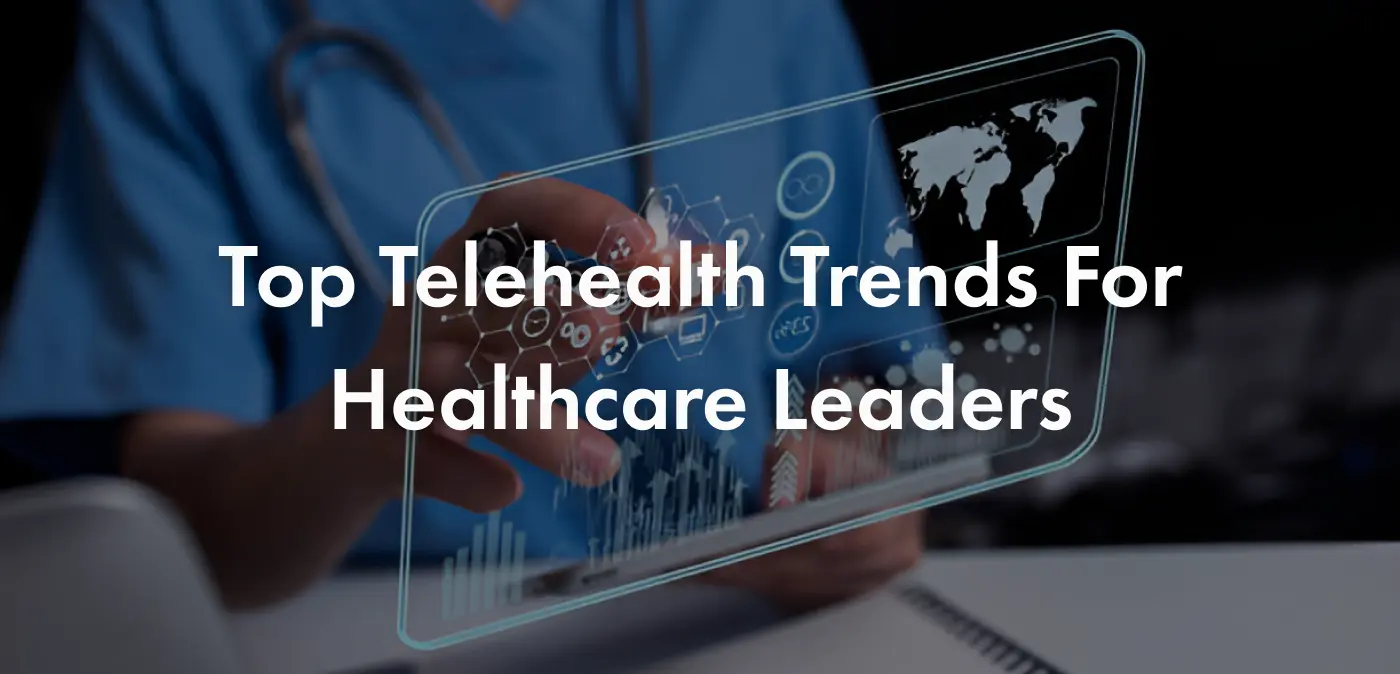

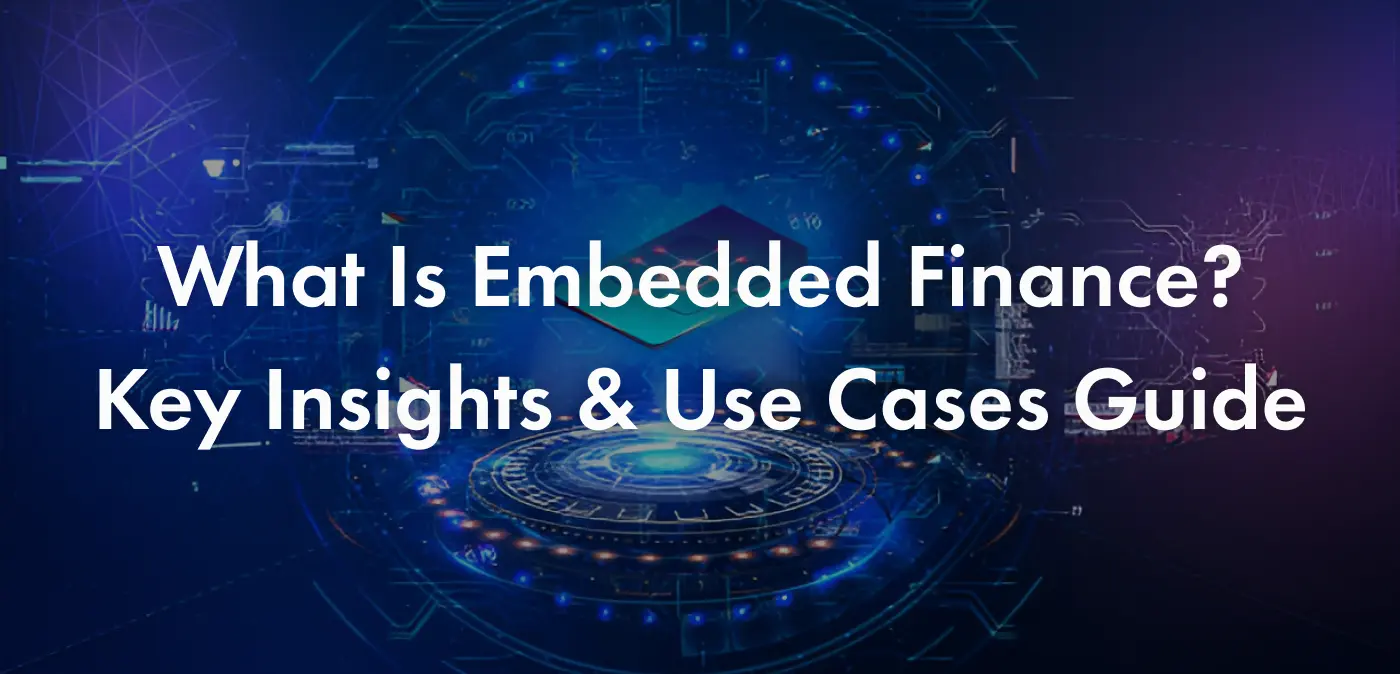
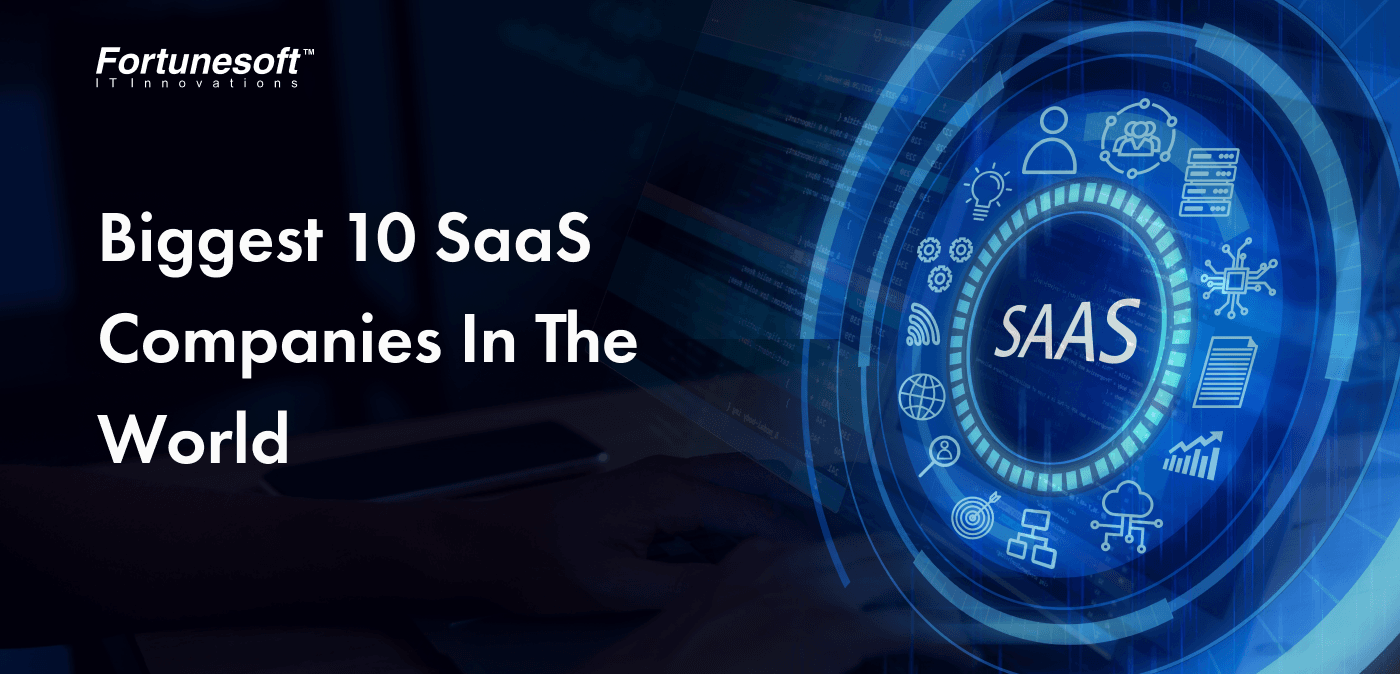
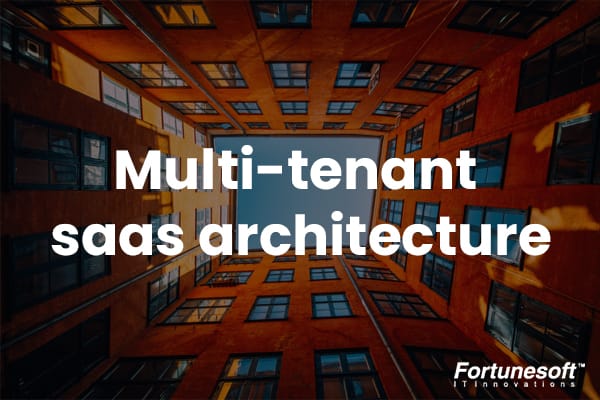
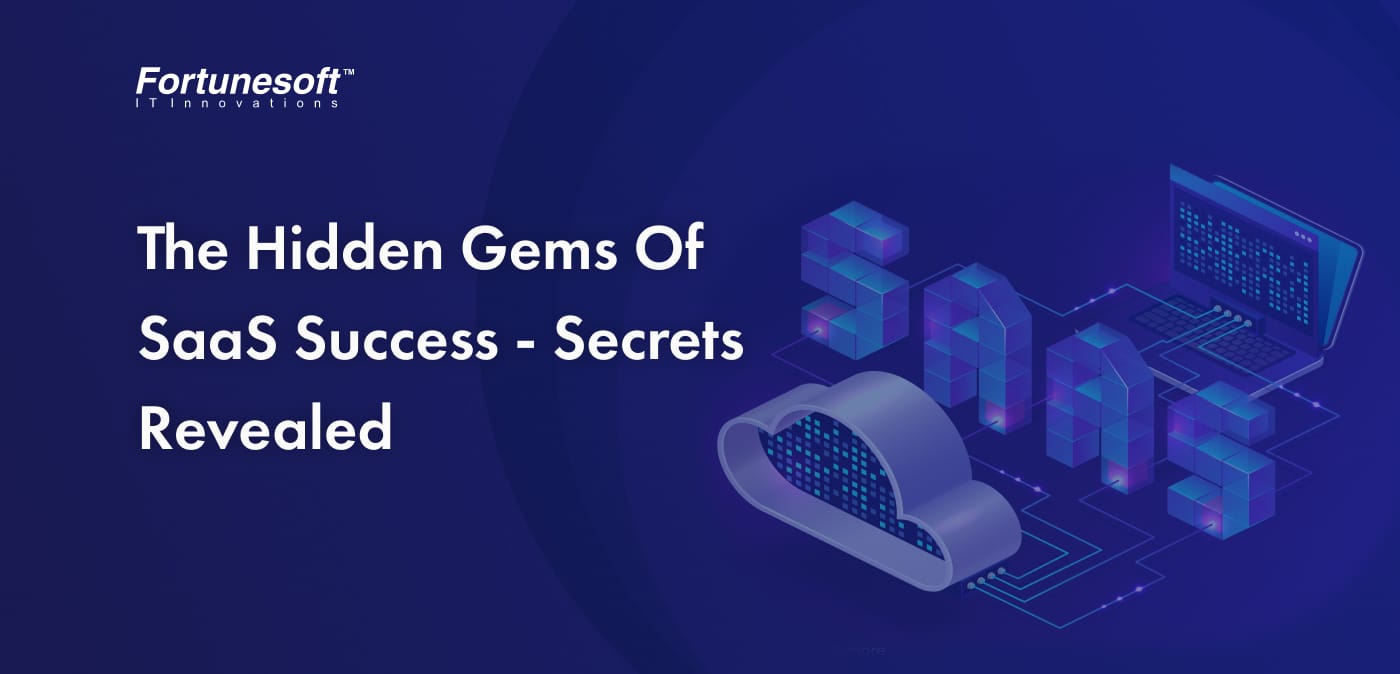

 Start Chat
Start Chat